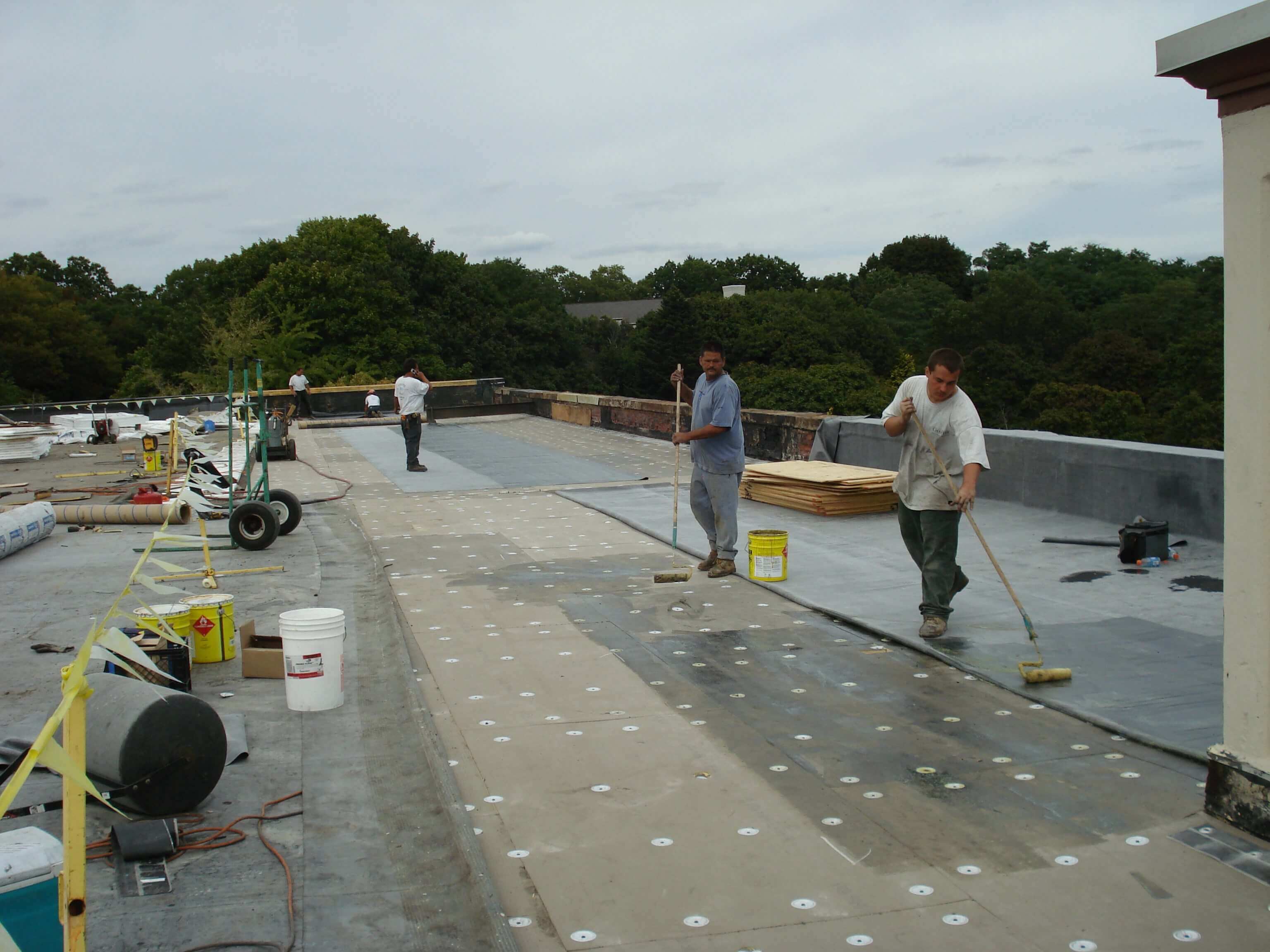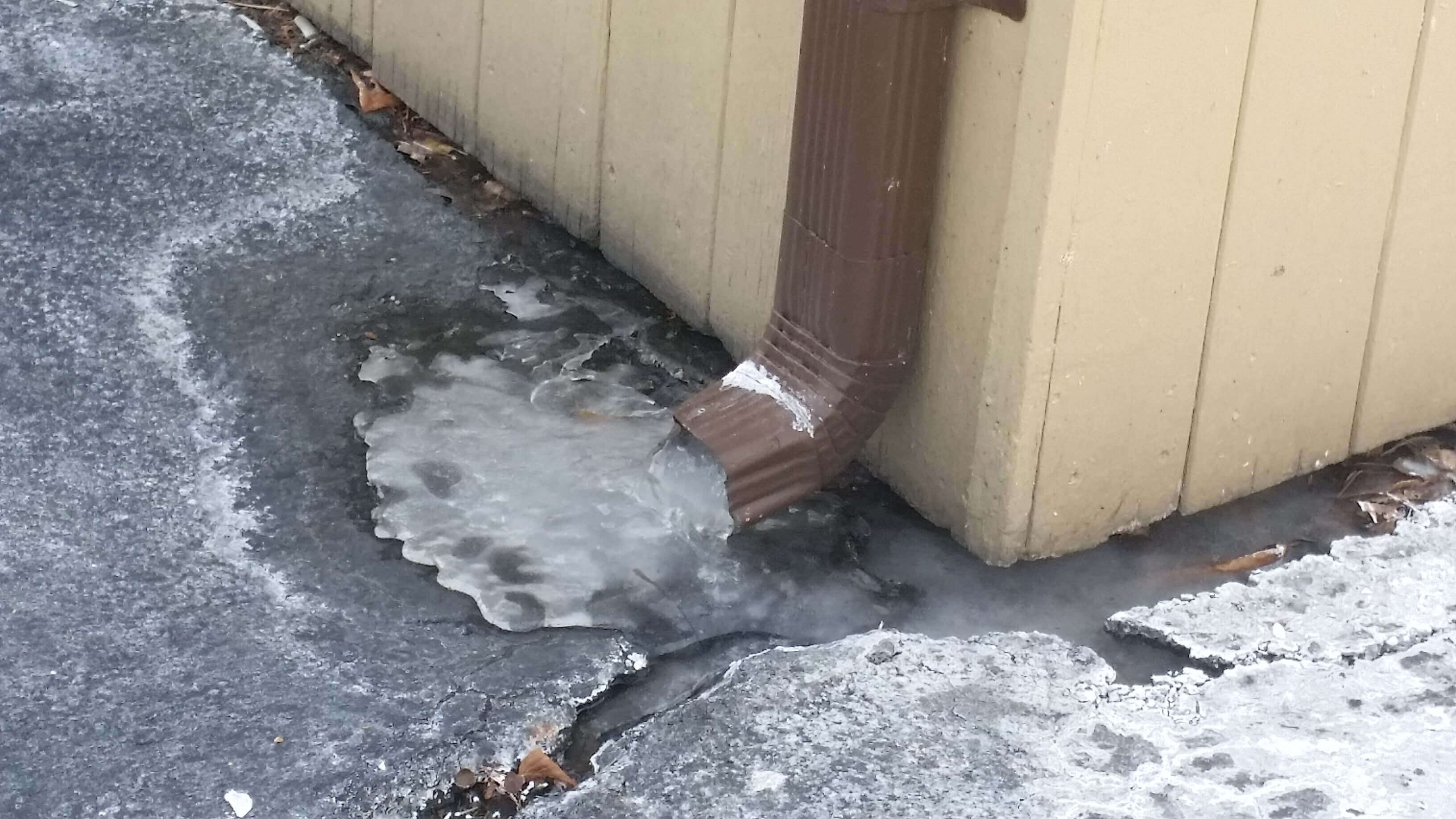At Chaffee Roofing we get a lot of queries about energy savings. Clients ask questions such as ‘we’re spending a lot on heating, will replacing the roof make a difference?’ We have put together some guidelines help our clients find answers.
On our guidelines for choosing the right roofing material for energy savings are the following:
- Choose a material which is puncture and shrink resistant
- Get the thickness right
- Strong seams keep the weather out
- Black or White roof system
Let’s take a closer look at each point.
Choose a material which is puncture and shrink resistant
Damage to your roof will see a lot of heat lost during a cold spell. The more water gets into your roof system, the more it will damage your roof insulation, reducing or even eliminating the “R” value that it provides. Depending on the type of insulation you install, this can happen quickly or slowly. Fiberboard insulation, for example, soaks up water very easily and is very prone to damage. Polyisocyanurate insulation resists water much better, so it will take longer for roof leaks to damage the insulation.
The best solution is to have a good, weathertight roof system that doesn’t leak. Both TPO and EPDM are very puncture resistant. They can withstand storm and debris damage and where holes do occur, both materials are easy to repair.

Get the thickness right
The thicker the material, the better it is in keeping the heat in during the colder months and in helping the HVAC during the sticky, sunny days of summer.
PVC and EPDM can have a thickness of up to .90, while TPO reaches .80. While the difference may not be significant, it may add up over the lifetime of the roof. Most PVC roof systems, however, are known to crack and shrink under cold weather conditions and may not suit our New England winters.
Strong seams to keep the weather out
A roofing system is only as secure as the seams keeping it together. A good, sturdy weld on a TPO or PVC roof system will last as long as the roof system itself and won’t cause any problems by splitting under pressure. On an EPDM roof, seam tape is typically used, which is far better than the adhesives used in the past, but still not as good as a properly welded TPO or PVC roof system.

Black or White Roof System
Many customers have asked us about the benefits of a white TPO or PVC roof system versus the benefits of a black EPDM roof system. The theory is that the white roof system is best during the warmer summer months when the building is being cooled. Black roof systems are best during the colder winter months when the building is being heated. In New England, we are typically heating our buildings more than we are cooling them, but once the snow starts to fall, the roof system is covered with white snow.
Another theory is that, with proper insulation, the color of the roof system doesn’t matter. The same insulation that keeps heating and cooling inside your building also keeps heating and cooling outside your building. This includes heating and cooling caused by the roof system. As a result, investing in additional insulation is the best way to make a real difference, since that helps keep your building energy efficient regardless of whether you are heating or cooling.
However, every building is different and many times, different products or different amounts of insulation can make a difference. We will visit the property to review your buildings unique requirements and give you a better idea on the best roofing material for your building.
Call us
Energy savings are for the long-term. You may not see them immediately, but you will over the years of your roof.
Chaffee Roofing can save you money. Not every company can say this, but as experts on roofing materials, we know the good from the bad.
Savings from choosing the right material puts money in your pocket, and Chaffee Roofing can show you how.
Call us today and let us help you decide.
